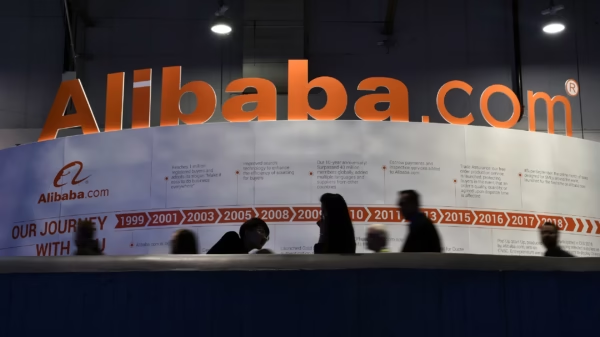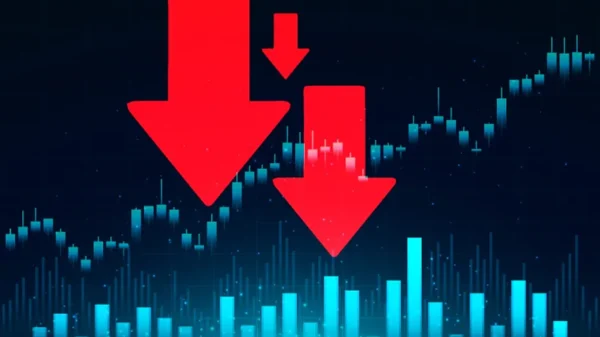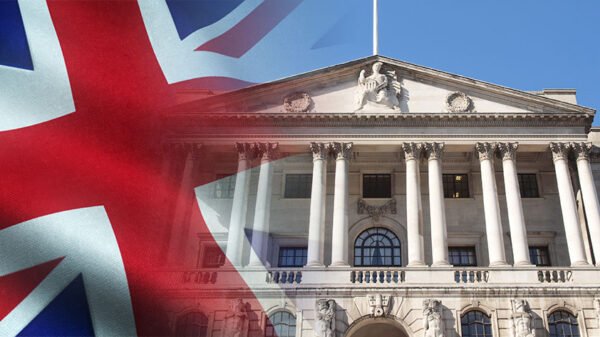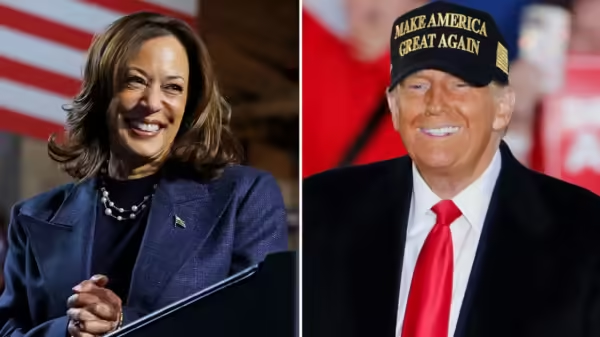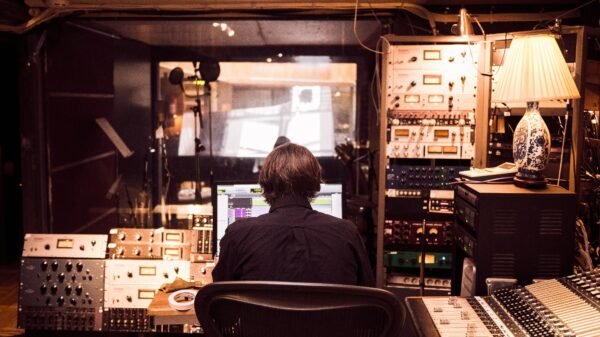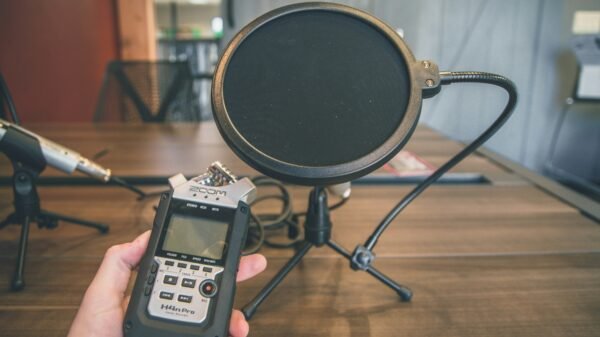US Inflation Falls to Lowest Level Since 2021
Inflation in the United States has dropped to its lowest point in three years, marking a significant shift in the economic landscape. After years of rising prices that strained consumers and businesses alike, the recent data indicates a slowdown in price increases for goods and services. This decline offers some relief to consumers who have been grappling with high costs, particularly for essentials such as groceries, fuel, and housing.
Consumer Relief as Price Pressures Ease
For the average American consumer, the decline in inflation translates into slower price hikes, making it slightly easier to manage household expenses. Over the past few years, inflation had been eating into disposable incomes, leaving many with less purchasing power. The latest numbers signal a reduction in the cost of living pressures, as prices for food, energy, and other essentials start to stabilize. However, the pace of the price decline varies across different sectors, with some areas, such as housing, still experiencing slower-than-expected relief.
Impact on the Federal Reserve’s Rate Hike Strategy
The drop in inflation has sparked discussions around the Federal Reserve’s future monetary policy, particularly its approach to interest rate hikes. Over the past two years, the Federal Reserve has raised interest rates aggressively to combat inflation, aiming to cool down an overheated economy. Now that inflation is showing signs of easing, there are growing questions about whether the Fed will continue raising rates or pause its tightening cycle. Some analysts believe that the central bank may consider holding off on further rate hikes to avoid slowing economic growth.
Mixed Reactions from Financial Markets
The financial markets have reacted with a mix of optimism and caution following the inflation news. On one hand, lower inflation is generally seen as positive, as it reduces the likelihood of continued aggressive rate hikes, which can hurt corporate profits and consumer spending. On the other hand, investors are aware that inflation remains above the Federal Reserve’s 2% target, meaning that the central bank could still maintain a cautious approach. As a result, market volatility may persist as traders weigh the likelihood of future Fed actions.
Broader Economic Implications
While the drop in inflation is encouraging, it raises broader questions about the state of the U.S. economy. Some economists are concerned that the decline in inflation could signal a cooling economy, especially as interest rates remain elevated. Slower economic growth could lead to a decline in consumer spending and business investment, which might affect job growth in the coming months. Additionally, the global economic environment, particularly in Europe and China, could impact the U.S. economy’s trajectory, creating uncertainty around inflation trends.
Conclusion: A Delicate Balance Ahead for the Fed
As inflation falls to its lowest level since 2021, the Federal Reserve faces a delicate balancing act between controlling inflation and sustaining economic growth. While the recent drop provides relief to consumers, the central bank must decide whether to continue its current policy of rate hikes or take a more accommodative stance. The coming months will be critical in shaping the future of U.S. monetary policy, as inflation data and other economic indicators provide clearer signals about the health of the economy.


